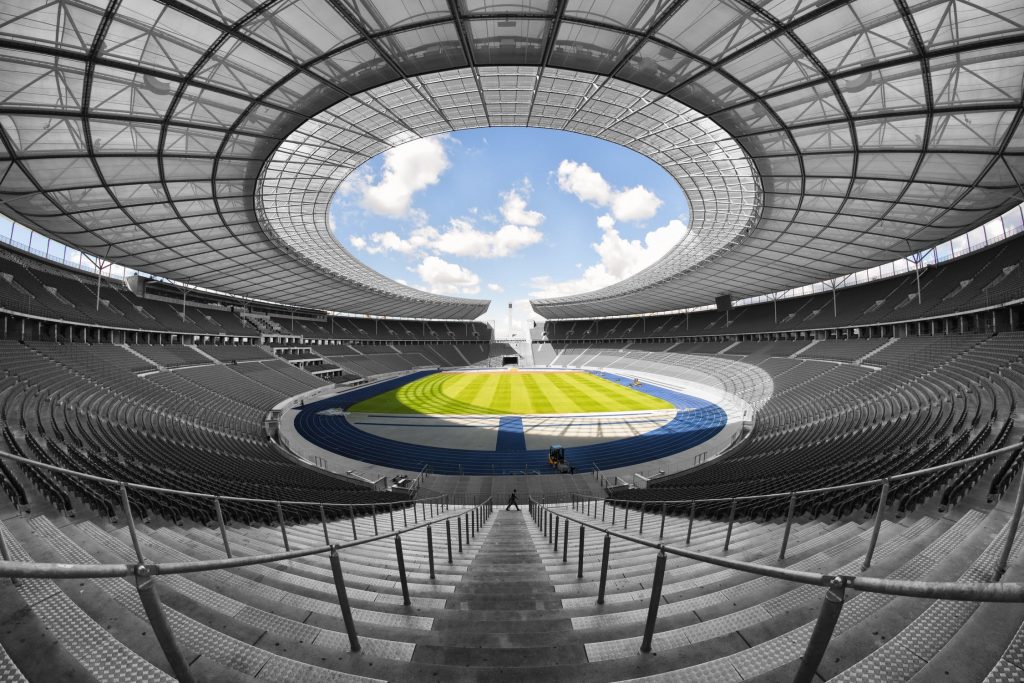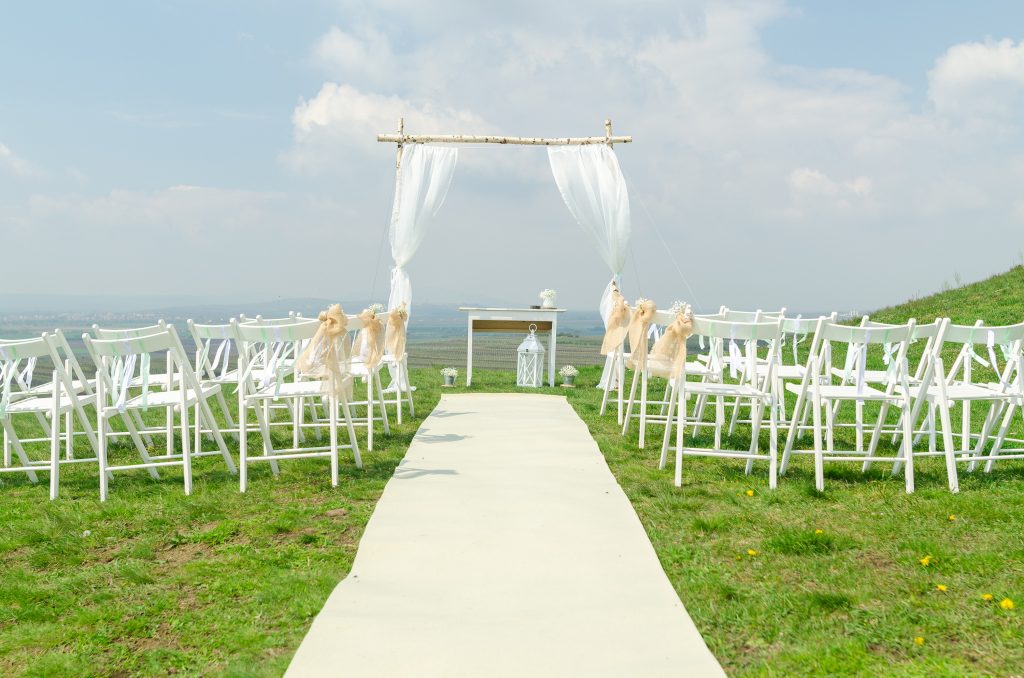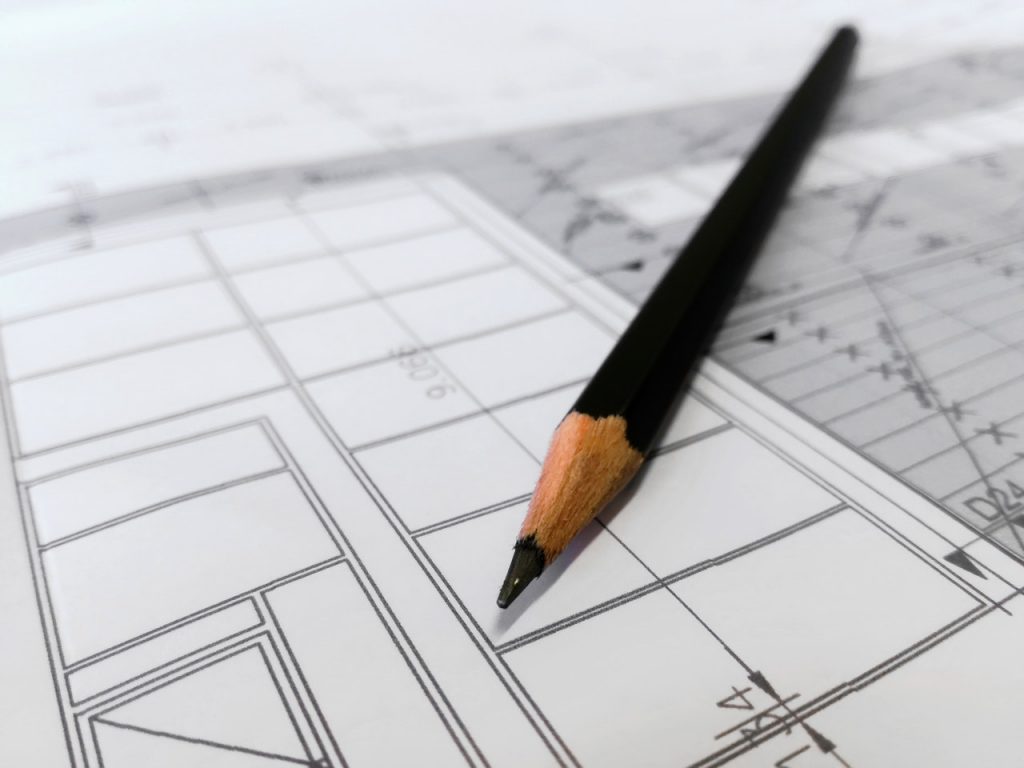For most Australians summer is associated more as tennis and cricket than it is as greco roman wrestling. However, as Australian summers become more likely to surpass intense heat requirements, sustainable and climate-adaptable-stadium layout is now a top consideration for both athletic rules and authorities.
The final Ashes test played in the Sydney Cricket Ground recently revealed the community has to accommodate to heatwaves made worse with climate change.
And in the past several years that the Australian Open has generated several stories of both tennis players and audiences suffering in extreme heat. And much more are anticipated within both months of the tournament.
Since the New South Wales government embarks on a hugely costly reconstruct of important stadiums around Sydney, now’s a fantastic time to inquire if major Australian sports sites are satisfactorily “climate-proofed” for a heating potential.
Climate change is actually a ‘game changer’
The Climate Council published a report from 2016 detailing the dangers of intense heat to individual health, exacerbated by climate change. It urges that intense heat adaptation is integrated into urban planning and construction layout policies.
Observing the last Ashes Test, the International Cricket Council (ICC) was criticised for failing to offer a very clear policy protecting cricket players in terms of intense heat. No strength and conditioning training is enough for the heat, as it turns out, as different athletic codes have considered the way the game ought to be handled in terms of intense heat but have largely focused solely on the welfare of gamers and discipline officials.
Spectators will also be vulnerable to intense heat
Since the 2018 Australian Open is currently under way, it is well worth a look back in the 2014 occasion, once the tennis players and audiences suffered as temperatures jumped 41ºC.
Accounts surfaced of audiences collapsing and attendances diminished as Melbourne suffered a devastating heatwave. After renovations on Melbourne Park featured significant heat management facets.
In 2015, Margaret Court Arena obtained LEED (Leadership in Energy and Environmental Design) Gold Certification. LEED is your world-leading evaluation system for green buildings.
LEED certificate provides a frame to quantify agility throughout the design, structure and performance of a structure through its own life cycle. This is reached by incentivising reductions in water, energy and construction materials like the manufacturing of welded mesh panels, while at exactly the exact same time improving the health of occupants.
To be able to handle heatwaves the scene redesign included a retractable roof, permitting air conditioning and light to be decreased, and reflective roof coating to reflect over 70 percent of the sun’s warmth.
A larger open area that provides more indoor and shade areas has been contained in Rod Laver Arena for the advantage of the two tennis fans and concertgoers.
Taking the LEED at Sydney
The Western Sydney Stadium is your initial NSW scene to undergo this type of renovation to deliver this up to LEED criteria.
The arena rebuild is a “major project” and categorized as State Significant growth beneath the Environmental Planning and Assessment Act 1979 (NSW) (EP&A Act). This usually means the NSW planning ministry has been responsible for analyzing and approving the rebuilding of this scene.
The NSW government remarked that the new arena will include a Gold LEED electricity and environment score.
The scene and the surrounds are intended to decrease the incidence of “hot islands”. Steps to cool heating islands comprise planting over 200 trees at the surrounding precinct and utilizing cooler and thicker materials such as the glulam timber, which is also more environmentally friendly.
The research noted at the evaluation report the LEED certification targets diminished water and energy consumption through efficient air conditioning along with a design which maximises natural venting and insisted that the arena increase its supply of renewable energy to power air conditioning and refrigerants.
The golden standard in ecological design
Though some headway has been made in Australia, LEED has been broadly applied to scene construction and design within North America. At least 30 accredited stadiums are assembled.
The new HOK-designed arena in Atlanta is your first LEED Platinum-certified sport arena. Besides its own retractable roof for intense heat protection, the 185,000-square-metre place was made to conserve energy and water. It utilizes 47 percent less water compared to baseline criteria and contains a five-hectare adjoining green area, 4,000 solar panels, architectural trusses made of environmentally friendly materials, bicycle valets and charging stations for electric automobiles.
Stadium layout needs to plan for climate change
The current Ashes Test matches and present Australian Open are stark reminders that contrasts for arena design have to think about the association between climate change adaptation and intense heat. In the event the LEED certificate fails to supply individual wellbeing it’s incumbent upon government to insist that it’s done for the welfare of audiences.
Climate change will probably continue to grow the risks from intense heat to amounts not previously undergone. The plan of the athletic stadiums must handle heatwaves together with the welfare of the players and audiences in mind, as temperatures continue to grow later on.
The consequences of extreme heat throughout the 2018 Ashes series introduced a significant challenge — and also the Australian athletic summertime is far from over.
The building of stadiums, rec facilities or other similar places plays an integral role in the health of local markets. This is where site choice, partnerships and suppliers for building materials (like welded mesh manufacturers) all come together to spur additional development.
Owners should be deliberate about what they intend to construct and in which accounting for the extra chances a stadium structure or other similar job may ignite.
By way of instance, rec centers such as the one we constructed in Highland, IL are usually followed by home and retail developments that spring up nearby. Facilities like those are magnets, some business owners can not help but attempt to capitalize on.
Concentrate on the bigger scheme of things
Whether you’ve got a rec center, sports complex or arena construction project in your mind, it is important to consider both inside and beyond the project footprint. Be logical and smart in interior layout. Know where to place greener interior elements such as
Construct clever with green materials and techniques. And think about the partnerships you’ll be able to construct and the expansion it’s possible to spur as a consequence of your job.




